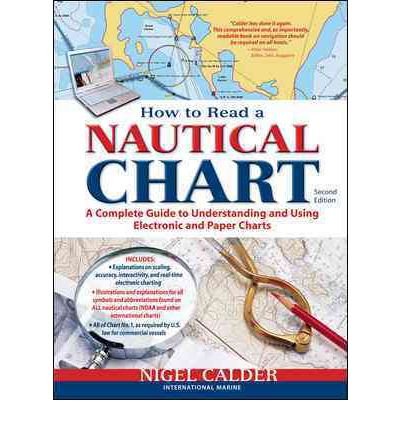What do you think?
Rate this book


A PAPERBACK ORIGINAL
The best handbook on chart usage, from one of the most trusted names in boating
In 2000, the U.S. government ceased publication of Chart No. 1, the invaluable little book that generations of mariners have consulted to make sense of the complex system of signs, symbols, and graphic elements used in nautical charts. Now Chart No. 1 is not just reborn but expanded and improved in How to Read a Nautical Chart. The demand for a book like this has never been greater.
Arranged and edited by Nigel Calder, one of today's most respected boating authors, and containing four-color illustrations throughout, How to Read a Nautical Chart presents a number of original features that help readers make optimum use of the data found in Chart No. 1, including a more intuitive format, crucial background information, international chart symbol equivalents, electronic chart symbology, and thorough explanations of the practical aspects of nautical chart reading.
272 pages, Paperback
First published August 5, 2002